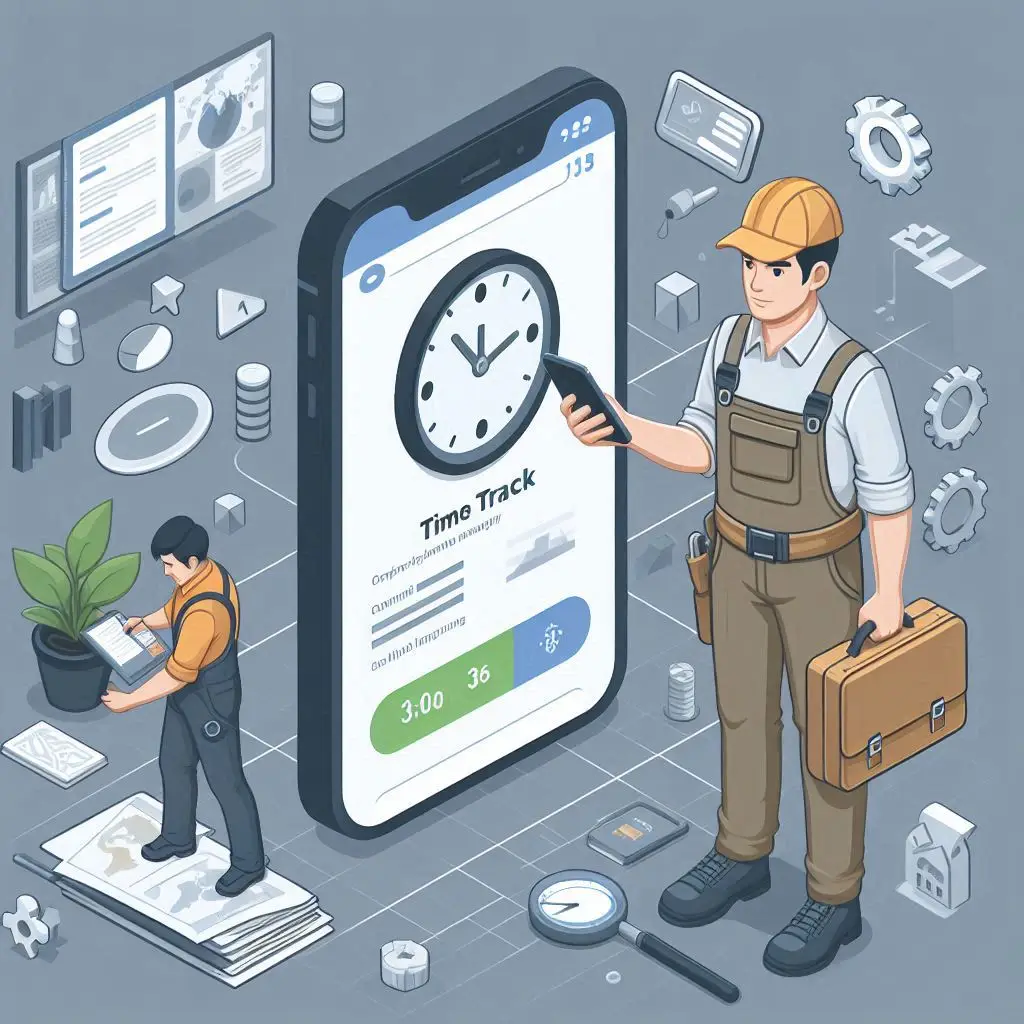Today, with the contemporary business world comes a more common practice: implementing cloud-based payroll and time tracking solutions. Such systems come with a wide array of advantages that not only optimize the payroll process by making it both easier and more accurate, but also help in visualizing workforce management trends. Cloud technology allows organizations to automate their payroll and time tracking, reduce errors, and enhance productivity.
Enhanced Accessibility
One of the major advantages offered by cloud-based payroll and time tracking solutions is that they make information more accessible to all stakeholders. Legacy or traditional payroll systems often need on-site access which can be difficult to scale if your company has switched to remote, hybrid environments. For example, on-premises solutions need to be accessed from specific locations (such as a company facility), making it difficult for employees who work offsite; however cloud-based systems can usually be with an internet connection allowing remote access so that workers log their hours and look up payroll info. This is particularly important in the current working context, with more and more team members working at different locations as compared to full-time office positions. Real-time data and reports can also be retrieved by the managers / HR Professionals to monitor employee hours, approve timesheets (and subsequently process payroll using said data) without having any physical presence in terms of being physically present at a site office.
Increased Accuracy
A second key benefit that reduces potential for errors when firms use cloud-based tools. Human errors like inaccurate data entry and misinterpretation of rules for calculating working hours, manually keyed time tracking to manual payroll processing may result in overpay due or underpaid salaries; this could turn into an issue that can possibly spark disputes with the employee hence legal actions as well. A lot of these manual timesheet processes can be automated through cloud-based systems, which helps eliminate the chance for errors to occur. This software is capable of making automatic calculations on wages, taxes and deductions that follow predetermined rules to maintain uniformity among payrolls as well as adherence to labor laws. Moreover, these systems typically have tools which can issue alerts and validation checks to report discrepancies that may facilitate taking necessary remedial actions before the problems are propagated.
Compatibility and Scalability
Cloud-based payroll and time tracking solutions offer compatibility – but integration goes beyond that; scalability is also a big factor, as it is cost savings. Conventional payroll systems, on the other hand, force organizations to pay sums at start-up for both hardware and software that run them. By comparison, cloud-based solutions typically work on a subscription basis, which means you won’t have to make large investments up-primarily based answers. Businesses can further scale operations with this model by simply adding or removing users as required at no increased infrastructure cost. Although suited for any size organization, this scaling makes Advance Systems especially well-suited to small and medium-sized enterprises (SMEs), which are increasingly able to access advanced payroll and time tracking features they could not afford.
Strong Data Security
Lastly, cloud-based payroll software and time tracking solutions offer strong data security functionality for compliance. The security of sensitive user data is a prime concern for any organization, and cloud providers put in all efforts to keep you confidential. This can be such things as encryption, secure access control, frequent security audits and adhering to industry standards like GDPR or SOC 2. Cloud Based Solutions for payroll services can safeguard your Payroll & HR data that it cannot access to unauthorized persons and ensure robust securities provided by the solutions. Further these systems come complete with the compliance management features that ensure businesses stay fully compliant to local and international labor laws, reducing legal risks as well costing penalties.
Conclusion
In summary, cloud payroll and timekeeping services offer numerous advantages that can radically change how businesses manage their workforce and payroll responsibilities. They provide better accessibility and accuracy, cost savings as well scalability so regardless of the size of organization this makes it an attractive option for organizations of any size due to robust data security among other advantages. The cloud-based solutions can automate manual tasks, reduce errors and allow companies to concentrate their time on strategic activities that support growth and success.


